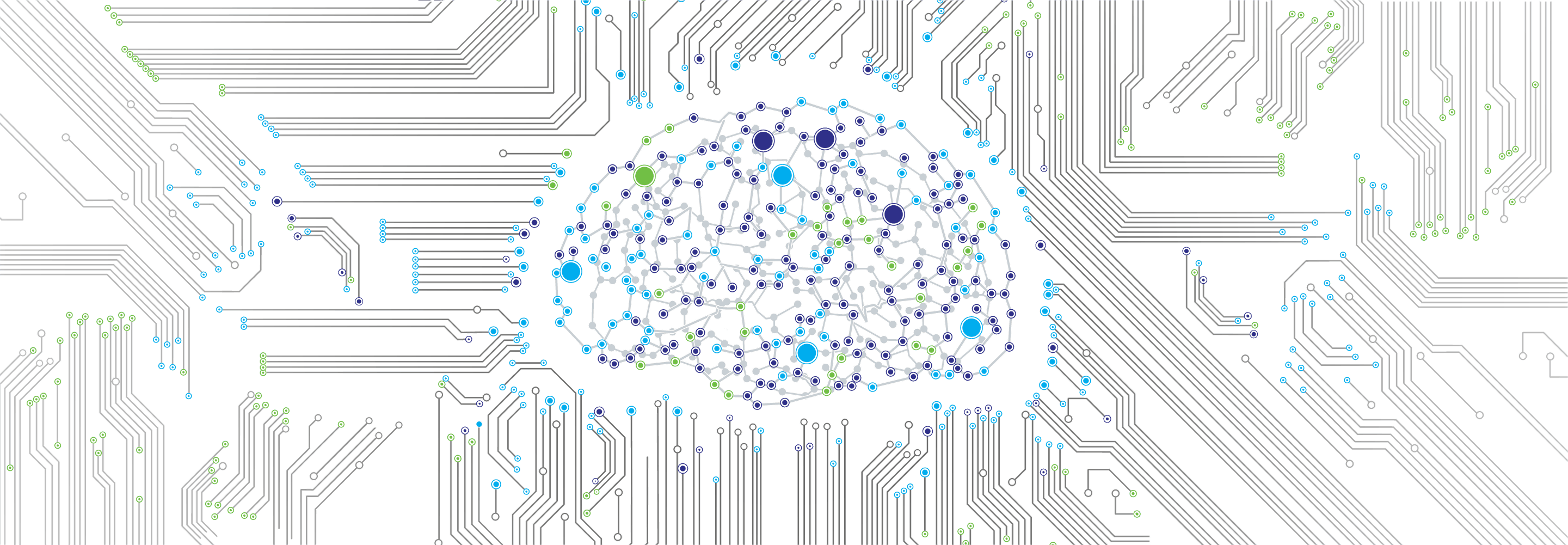These days, many organisations have begun to develop their own knowledge graphs. One reason might be to build a solid basis for various machine learning and cognitive computing efforts. For many of those, it remains still unclear where to start. SKOS offers a simple way to start and opens many doors to extend a knowledge graph over time.

1) Standardised: The Simple Knowledge Organization System (SKOS) is a standards-based ontology, which was published by the World Wide Web Consortium (W3C) in 2009.
2) Future-proof: SKOS is part of a larger set of open standards, which is also known as the Semantic Web. The usage of open standards for data and knowledge models eliminates proprietary vendor lock-in.
3) Wide range of applications: SKOS is primarily used to build and to make controlled vocabularies like taxonomies, thesauri or business vocabularies available as a service. This builds the basis for a wide range of applications, starting from semantic search and text mining, ranging to data integration and data analytics.
4) Graph-based: SKOS concepts can be related and linked to other concepts and instances of ontologies. By these means, SKOS constitutes the nucleus of a decentralised enterprise-wide knowledge graph.
5) Taxonomy/ontology overlay: Without violating restrictions, any node in a knowledge graph can be part of the taxonomical (SKOS) and ontological structure (e.g. FIBO, FOAF, or schema.org) at the same time.
6) Cost-efficient and incremental approach: Any SKOS-based taxonomy, thesaurus, or controlled vocabulary can be extended and enriched by additional ontologies step-by-step, thus various views on the same node can be created when needed. SKOS-based vocabularies can be used as a starting point for a cost-efficient development of more extensive semantic knowledge graphs.
7) Actionable content: SKOS models, no matter if linked to more expressive ontologies or not, can be queried with SPARQL, or validated by the use of SHACL, a recently issued standard for describing and validating RDF graphs. By that means, knowledge models become actionable and can help to find answers in unstructured content, trigger alerts or to make better decisions.
8) Things, not strings: With SKOS, solely term-based taxonomies get obsolete. Taxonomical knowledge becomes accessible, its semantics becomes explicit. Any business object represented in a knowledge graph receives a unique address and can then easily be integrated in a bot, service, or application. Terms and strings are no longer used to build ambiguous metadata, instead, a semantic layer on top of all content and data assets works like a multi-dimensional index.
9) Widely adopted: Hundreds of SKOS vocabularies are available on the web. Large international bodies like the EU, UN, or The World Bank make use of SKOS to make their knowledge available to external and internal stakeholders as well. Many Fortune 500 companies have already adopted SKOS for internal use.
10) Mandatory: SKOS, RDF and other standards can, for instance, be required in EU public procurement.
11) No black box: Organisations seeking for strategies to keep control over their cognitive applications and algorithms need to involve their own subject matter experts. SKOS is relatively easy to learn and can produce massive input to make machine learning tasks more precise.
12) Easy to master
